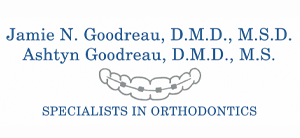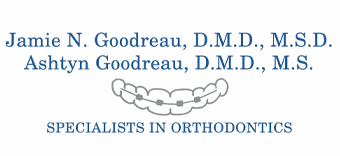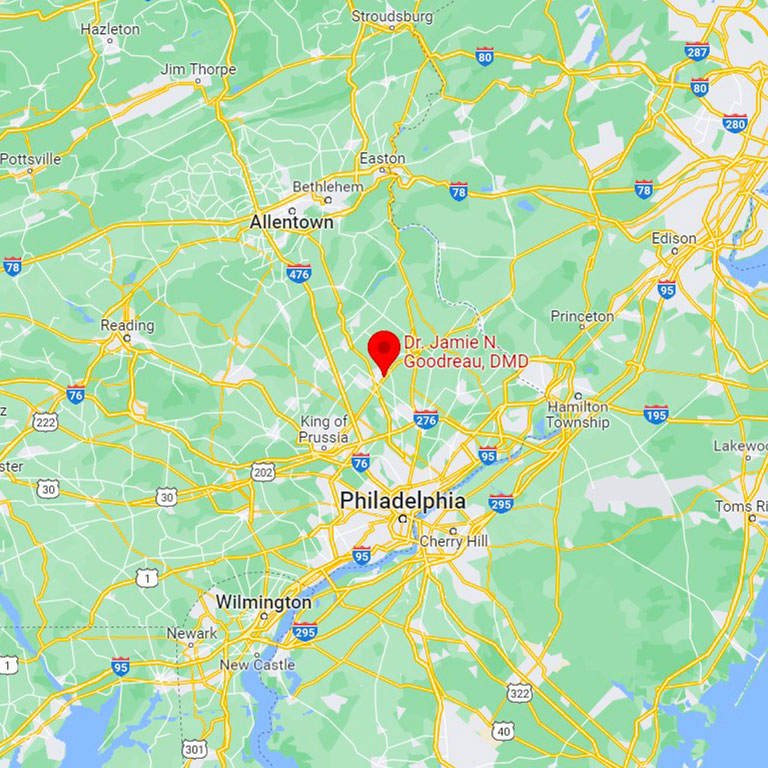What “Long in the Tooth” Actually Means
The phrase “long in the tooth” is a colloquialism used to describe someone who is getting older, but it actually has a literal connection to dental health. The teeth and gums are one of the first things that a person notices when interacting with another person. That’s probably why such an expression—which isn’t particularly kind—may be used to describe a person, but only if it applies. Not everyone who gets older has this condition. For an orthodontist in Chalfont, PA, this expression often points to gum recession, a condition that can affect both the appearance and function of the teeth over time.
Where the Phrase Comes From
The origin of “long in the tooth” dates back to evaluating the age of horses. As horses age, their gums recede, making the teeth appear longer. This visible change helped people estimate a horse’s age, and the phrase eventually entered everyday language as a way to describe aging in general—again, in a not-so-nice way.
Gum Recession and Tooth Appearance
In human dental health, the “long” appearance of teeth is often caused by receding gums. As the gums pull away from the tooth, more of the root surface is exposed, giving the illusion of longer teeth. This condition isn’t just cosmetic, either. It can lead to increased sensitivity, a higher risk of cavities near the gumline and long-term damage.
Why It Matters in Orthodontics
For orthodontic patients, gum health is especially important. Gum recession can complicate treatment, affect the stability of tooth movement and limit options. In some cases, improper brushing or poorly managed forces from braces or aligners can contribute to recession.
Understanding what “long in the tooth” really means helps highlight the importance of healthy gums—especially during orthodontic treatment in Chalmont, PA.





Leave a Reply
Want to join the discussion?Feel free to contribute!